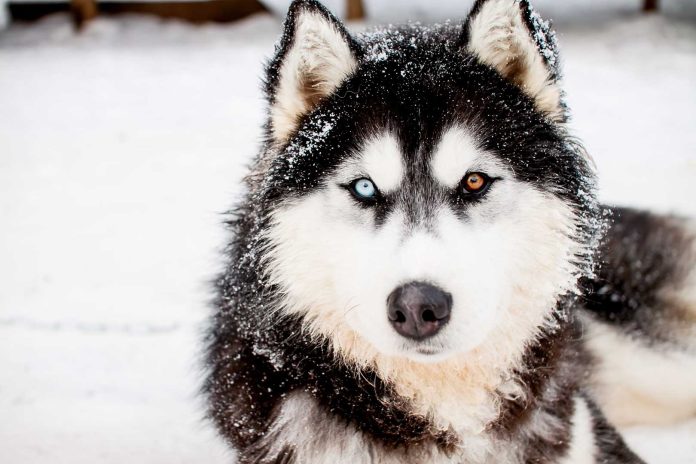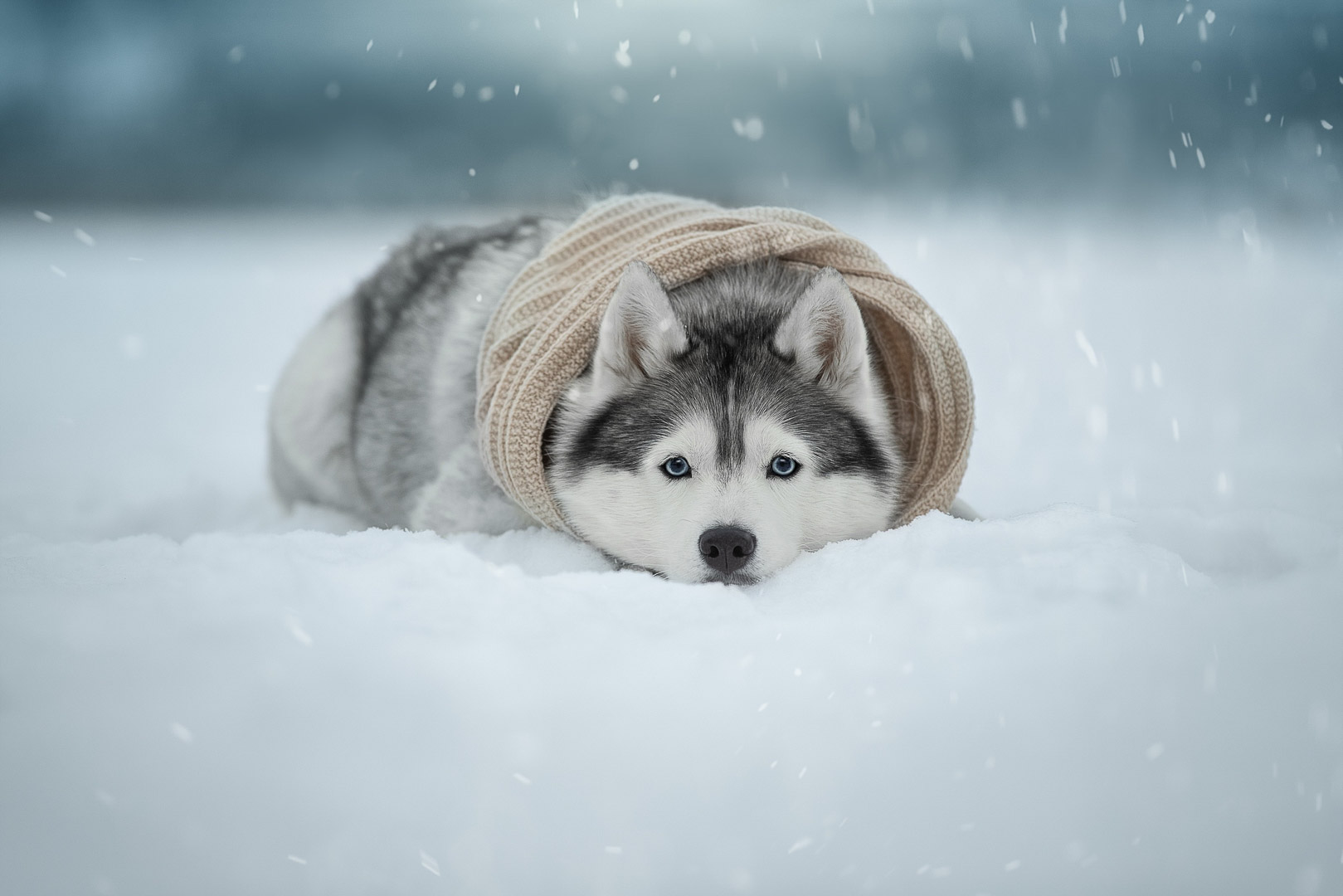The Siberian Husky is a beautiful breed that, with its thick fur, comes in many colors and patterns. Their blue or two-colored eyes and a striking mark on the face that resembles a mask, only give this species even greater attraction, which originates from Siberia.
There are very simple reasons why many are thrilled with a wolf-like breed, but be aware that this athletic, intelligent dog can be very independent, thus becoming a real challenge especially for those without previous experience.
READ ALSO:
SIBERIAN HUSKY – ORIGINS
It’s believed that the Siberian Husky has its roots in the Siberian nomadic tribe, called the Chukchi. The history of the breed is relatively unknown, but, according to DNA tests, it has been confirmed that they belong to one of the oldest breeds.
It is known that the Chukchi used dogs for transport, but also that the Huskies were their faithful, family companions. They often slept with the children, making them warm and serving them like soft beds.
Siberian huskies were imported to Alaska in 1908 and were used to pull sleds during the Gold Rush or Gold Fever (Gold Fever is a historical name that signified a great search for gold, beginning in the first half of the 19th century). They became active participants and winners of many sledding races.
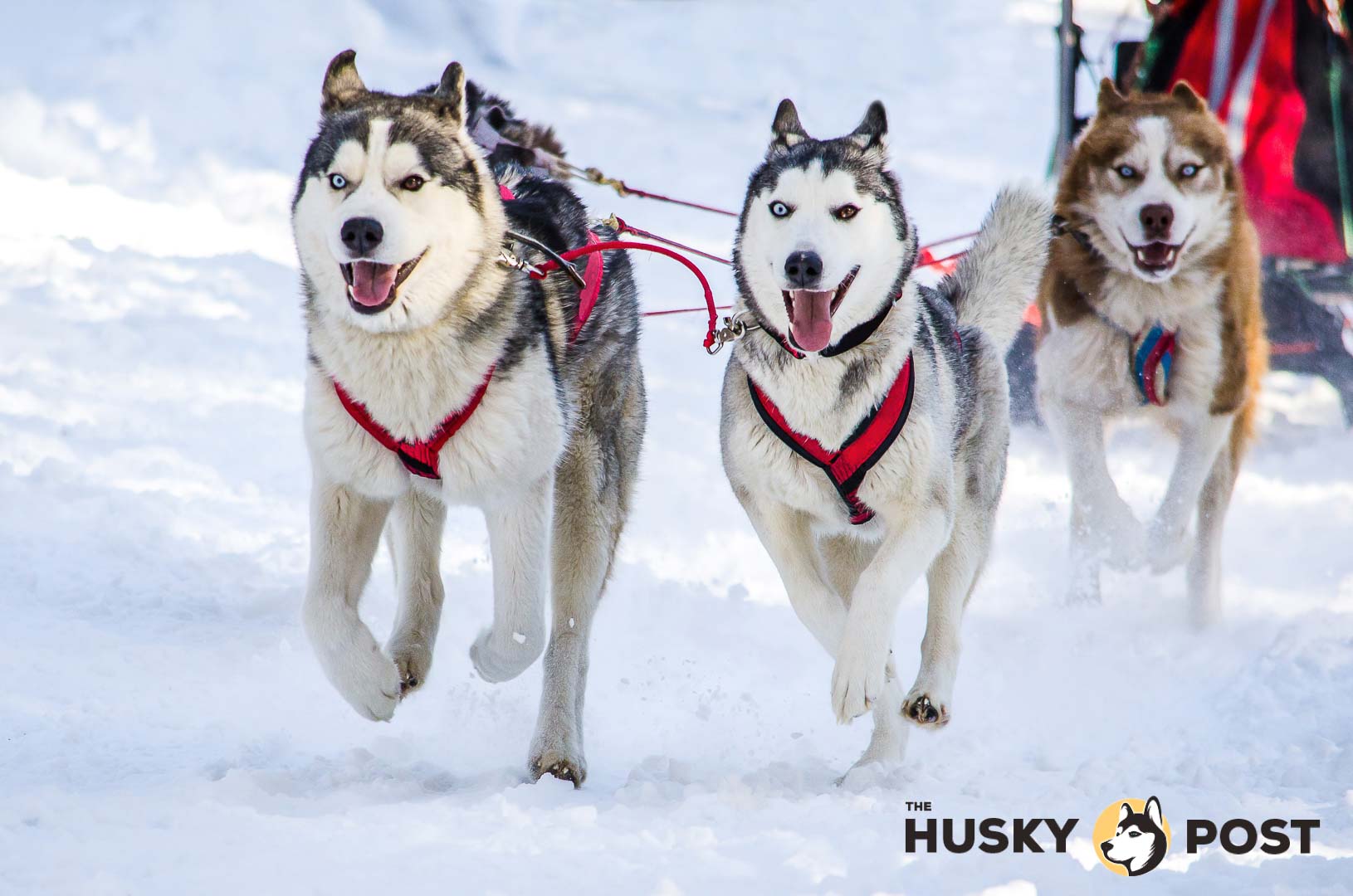
The data showed that the last Husky was exported from Siberia in 1930 when the borders were closed by the Soviet government.
The race continued to thrive in North America. Although today’s species has changed slightly in relation to its ancestors, “Chukchi – sled dogs” still carry many of the wonderful characteristics of this breed.
The Siberian Husky Club of America was founded in 1938, and the American Kennel Club of the 1930s and the Canadian Kennel Club of 1939 recognized the breed.
CHARACTERISTICS
The Siberian Husky is considered not only one of the oldest, but also one of the most beautiful breeds. With its attractive appearance, it will also attract those who are not excessive dog lovers. Husky is harmonious, with a strong and deep chest and muscular legs. His head is also in harmony with the rest of his body and is slightly rounded. He has thick hair, almond-shaped eyes, and triangular ears.
Males are 54 to 60 cm / 21 to 24 inches tall and females 50 to 56 cm / 19 to 22 inches tall. The weight of males ranges from 20 to 27 kg / 20 to 60 lbs, and of females from 16 to 23 kg / 35 to 51 lbs.
Name: Siberian Husky
Country of origin: Siberia
Lifespan: 12 – 15 years
Temperament: Sociable, intelligent, friendly, gentle, attentive
Color: Black, white, gray, red …
Height: Males are 54 to 60 cm / 21 to 24 inches, females 50 to 56 cm / 19 to 22 inches tall
Weight: Males ranges from 20 to 27 kg / 20 to 60 lbs, females from 16 to 23 kg / 35 to 51 lbs
TEMPERAMENT OF SIBERIAN HUSKY
The Siberian Husky breed has captured the imagination of many artists, writers, and film producers, all thanks to its attractive appearance and inspired talents. This medium-sized dog has strength and athleticism.
Huskies were originally created as sled dogs (some still use them for this purpose today) and are considered fascinating dogs with incredible learning abilities. Many have fallen in love with their wild nature and proud attitude, but they are not really aware of what species is like. The Siberian Husky is definitely not for everyone.
Their attractive appearance has led to the popularity of the species and thus to an increase in the number of various illegal kennels. They buy them en masse because of their beauty, not being aware of the negative features, so many of them, through the fault of people, long-term residents of inhumane asylums or worse, are abused or killed.
Therefore, look at all aspects, all positive and negative traits, read books about them and if you still want to have a husky, consider giving a home to someone abandoned because there are really too many of them. “Thanks” to these illegal kennels, the temperament worsened and negative traits uncharacteristic of huskies were created.
However, if you look at all the positive things about temperament, you will no doubt realize that this is an amazing species. They are intelligent and independent, gentle towards everyone, but still, they will not demand your attention excessively. They are generally not aggressive, they are great with people and they work well in homes with more pets. They get along well with children and will welcome everyone – even strangers.
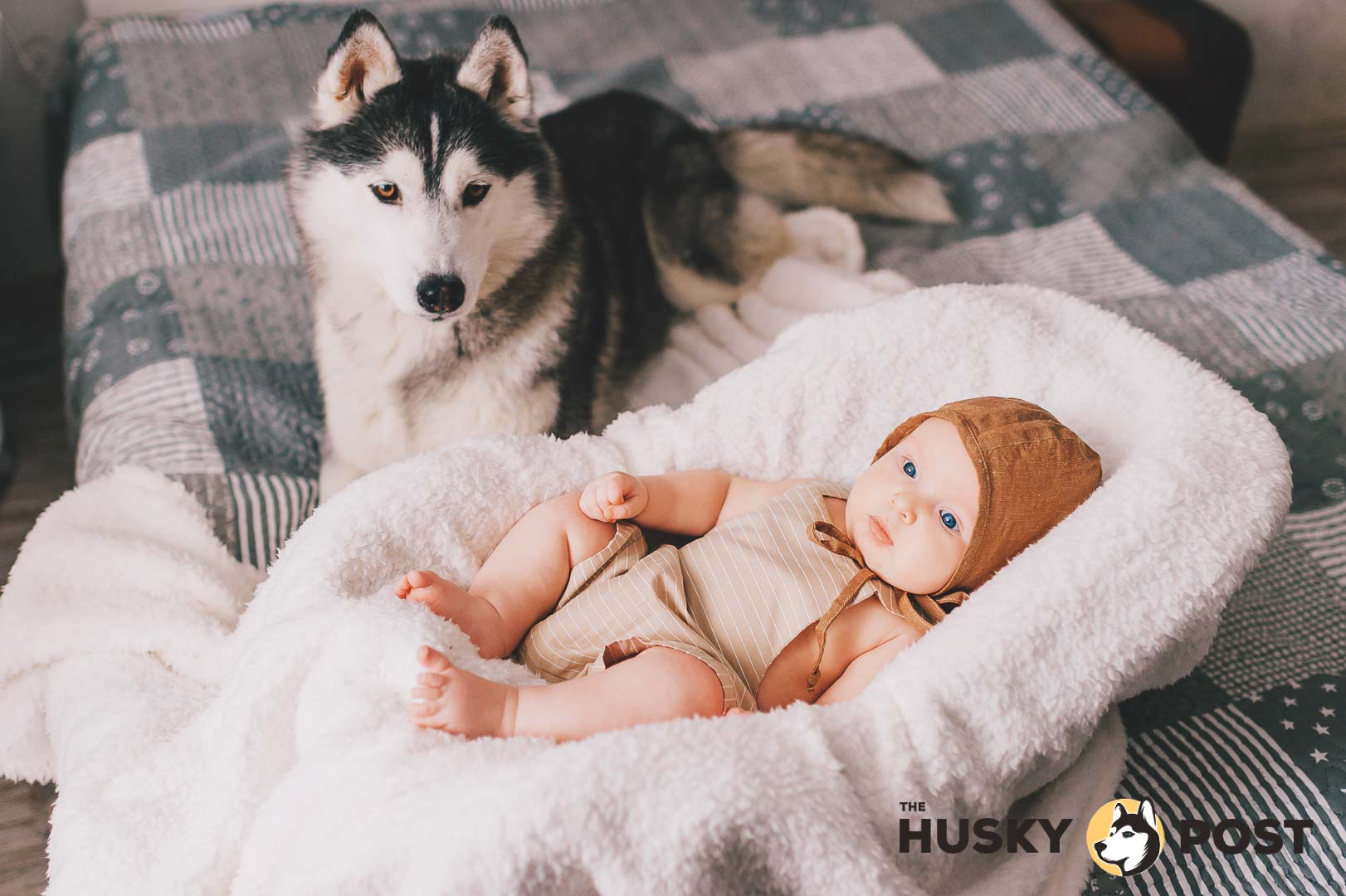
They are not always willing to please their people, they are difficult to train and are not recommended for inexperienced people or those who are timider in interacting with dogs. They fit best with safe, experienced owners, firms and are consistent in their rules.
Since they are used to being part of a pack, you need to let them know that you are the leader of the same. This makes training easier because you will realize that the dog respects you, but don’t be surprised if the husky “tests” you from time to time trying to take control.
However, even when that happens, do not use harsh methods (mocking, hitting), but confirm and keep the basic rules. Let the pet understand that you are the one who determines when he will eat, that you are a “stock” of food and sweets, so he will look at you as a real precious source of desired things.
Like all breeds, huskies need obedience training from an early age, but they seem to have an unusual ability to change behavior in trainers and at home – in training, they behave flawlessly and obediently, while at home they ignore the owner’s commands.
The most important thing and you should keep in mind, is that dogs of this type are artists on the run. Because of their curiosity and desire to explore something new, they will leave their home whenever they are given the opportunity to do so. Unfortunately, as a result of the owners’ negligence, many of them are lost or injured forever.
That is why it is important to keep your husky under constant supervision and to secure the fence well (it is very important that the fence is secured underground as well so that they do not dig out and slip through).
There are various ways to escape – they can jump over fences, tear leashes, slip out of the collar, etc. Despite all these traits that make them difficult to keep, Siberian Huskies are still a wonderful breed, lively creatures, and extraordinary companions of humans.
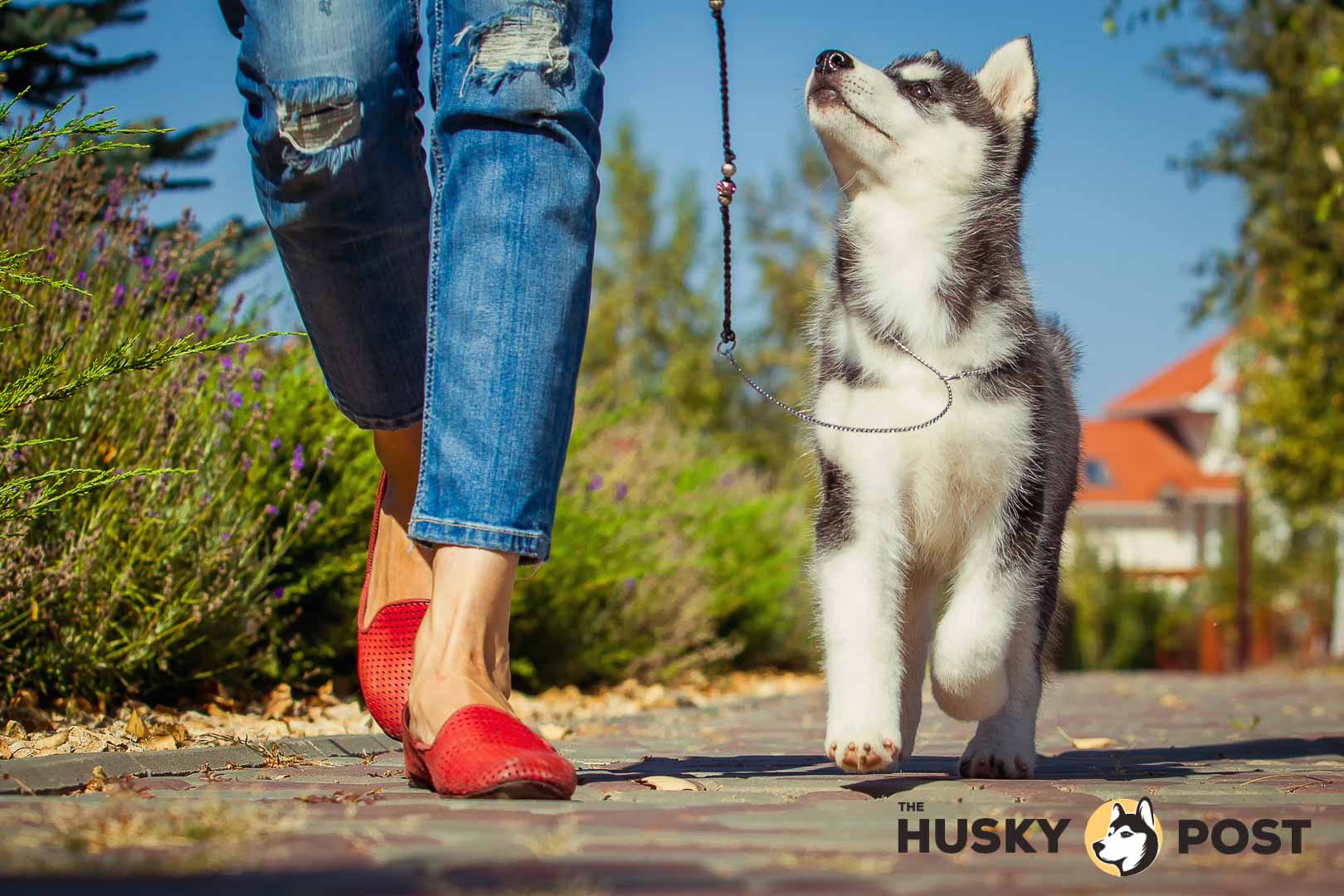
It is also important to train the husky on a leash. Do not let him out of the leash in the unfenced part, because it can very easily happen that he escapes in the desire to run or chase something. So – during the walk, you have to be careful and be careful not to get out of the leash, because it can happen that on that occasion they will start chasing other, smaller, animals.
They are not suitable for living in an apartment, but they can be adjusted if they are properly trained. Improperly trained, they can be very destructive both indoors and outdoors.
Due to a large amount of energy and due to boredom or inadequate activity, if you leave them alone in the house, without previously learning the desired behavior, it will cause considerable damage. There was even a case when a husky bit the wall.
Still, they can be extremely charming along with their silly and playful nature. Also, they are very sociable.
They like to dig in the garden and dig up flowers. In these cases, assign them a place where you will allow digging and they will be very happy about it. Certainly, it is much better to have one part of your own for digging, than to totally prevent them in this habit.
They love to howl, but bark poorly so they won’t warn you by barking if someone comes. All this does not make them very good guardians. Because of his expressed tenderness and love for people, he will greet the thief rather than attack him.
From ancient times the husky was raised to survive on very little food. This is still applied today, so this type does not require everyday high-calorie foods. It is best to inquire and follow the breeder’s advice regarding care and nutrition.
They need 30-60 minutes of activity every day. They will be great partners in jogging, but not in warm weather. You don’t have to have too big a yard, it’s enough that I can run somewhere.
In order to remain happy and satisfied, they must have some “job”. Usually, keeping your life active through various outdoor sports, such as hiking, will also make the Husky healthy, joyful, and calm.
As already mentioned, they require training and you may at some point want to hire an expert for that. We have already said that they are difficult to train because they are considered very intelligent and establish a difference in behavior between the trainer and the house. For many owners, this can be frustrating, but your patience, time, and your own stubbornness will pay off.
From breeders and trainers, you will often hear as a recommendation for cage training. The cage will keep the dog or puppy safe and will give him shelter when he wants to be alone or when he is tired. However, never use this method as a punishment, nor leave the animal in it for too long.
READ ALSO: 23 amazing Siberian Husky photos
SIBERIAN HUSKY HEALTH
If you are buying a puppy, be sure to ask the breeder for confirmation of hip dysplasia, elbow dysplasia, hypothyroidism, Von Wilbrand’s disease, and confirmation from an ophthalmologist that the eyes are in good condition. Some of the diseases to which the Siberian Husky breed is susceptible include cataracts, progressive retinal atrophy, and corneal dystrophy.
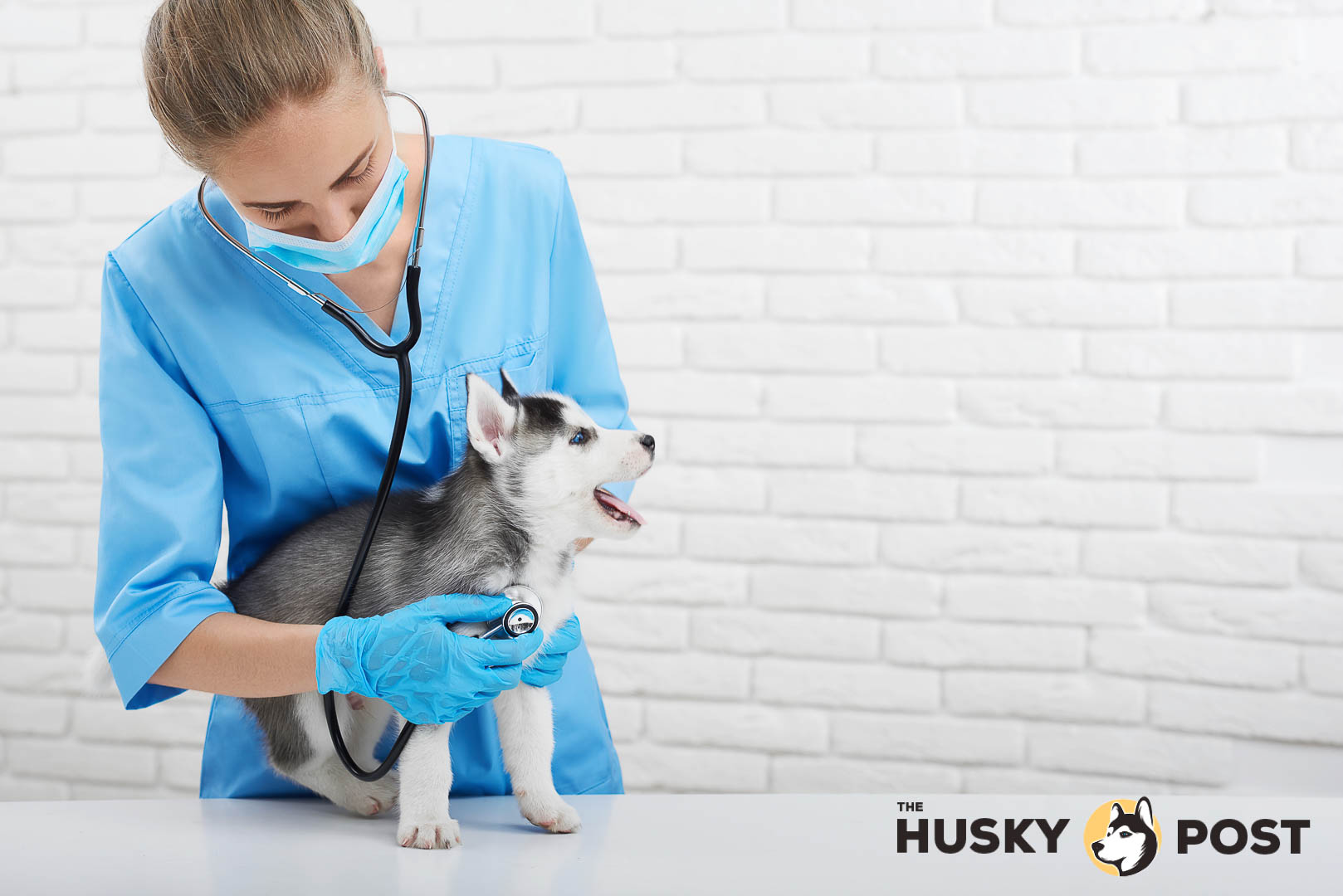
SIBERIAN HUSKY CARE
If you have a husky, make sure that your vacuum cleaner is in perfect condition and that you regularly set aside time for brushing. Its two-layered fur is adorned with medium-length hair. The top layer is flat, and the undercoat is thick and soft. Expect full hair, lots of shedding – especially during spring and autumn when it is a season.
Other than that, huskies are pretty easy to maintain. Those who live in colder areas shed less than those who live in warmer ones. If you brush them at least once a week during the year, and every day during the molting season, you will avoid the fur losing its shine and the excess hair ending up on the furniture.
They are very clean and maintain their hygiene regularly and thoroughly, like cats. They do not have a pronounced “dog smell” and do not require frequent bathing, unless, of course, they roll into something smelly in the yard or find a puddle in which to dive. When it comes time to bathe, choose a high-quality dog shampoo made especially to maintain the natural level of skin and hair oil.

Huskies come in several colors and patterns, from black to pure white with markings on the body that can be red or copper. The eyes are brown, blue, or bicolor.
Regularly clean the ears, cut the nails and examine the whole body of the dog (oral cavity, teeth, paws, skin, nose, eyes. Regular check-ups can help a veterinarian a lot if a problem occurs because the most important thing is to monitor the condition of your pet.
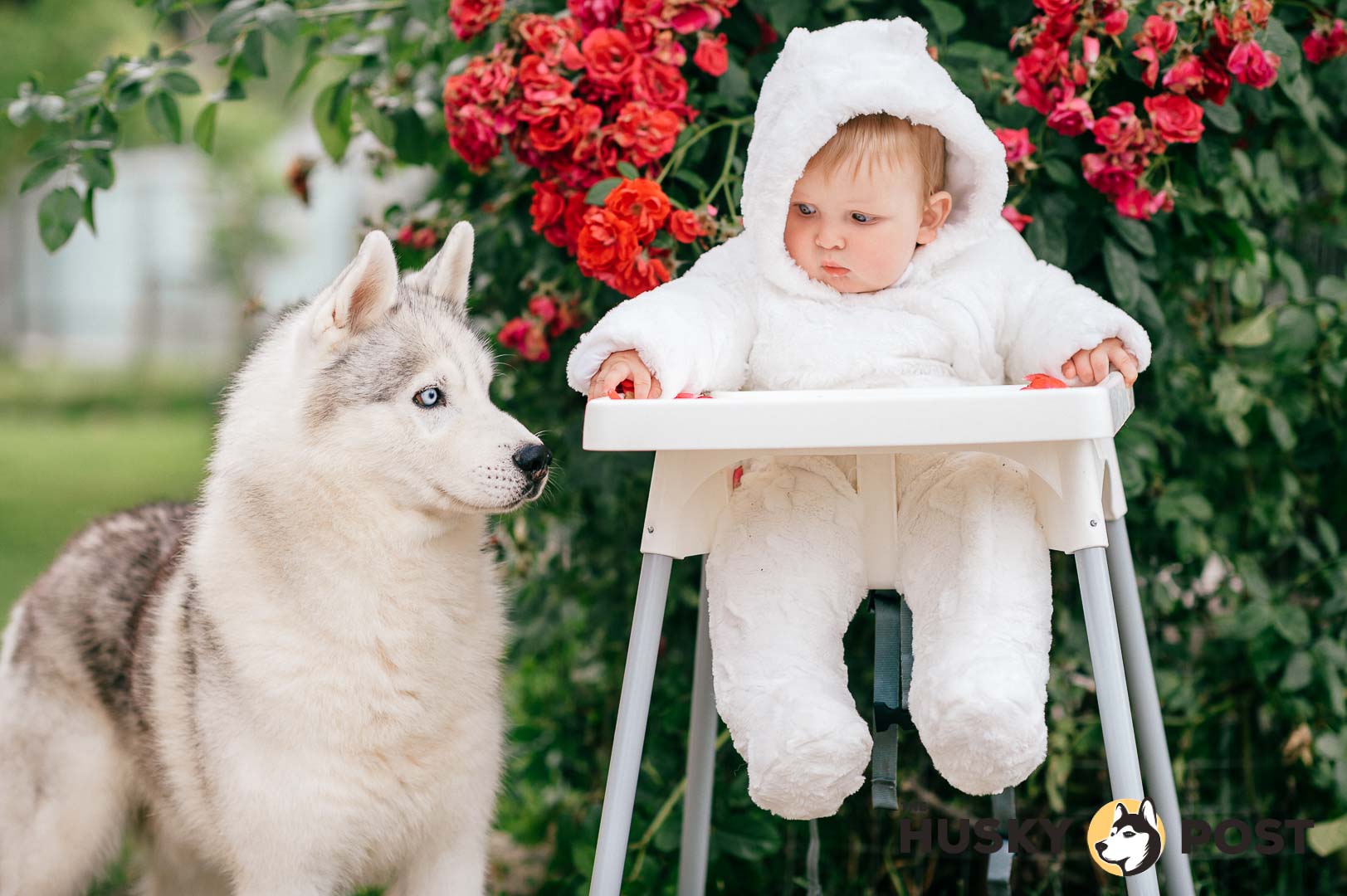
SIBERIAN HUSKY SOCIABILITY – GETTING ALONG WITH CHILDREN AND PETS
Siberian Huskies are great pets for households with children. They are very tolerant of them, but certainly, with small children, never leave them alone (this applies to all dogs). You also need to show children how to treat them properly.
They also work very well with other dogs, but early socialization and training are also important. Although they are known for being gentle even towards strangers, it is best to introduce them to various people and animals from an early age.
Keep in mind the history of the race. The harsh weather conditions in Siberia created a strong hunting instinct in them because at that time the search for food was quite difficult for them. As a result, a large number of individuals will have a natural instinct to hunt small animals such as rabbits, squirrels, and cats. Many, however, thrive in families with more pets, especially if they grew up with them.


